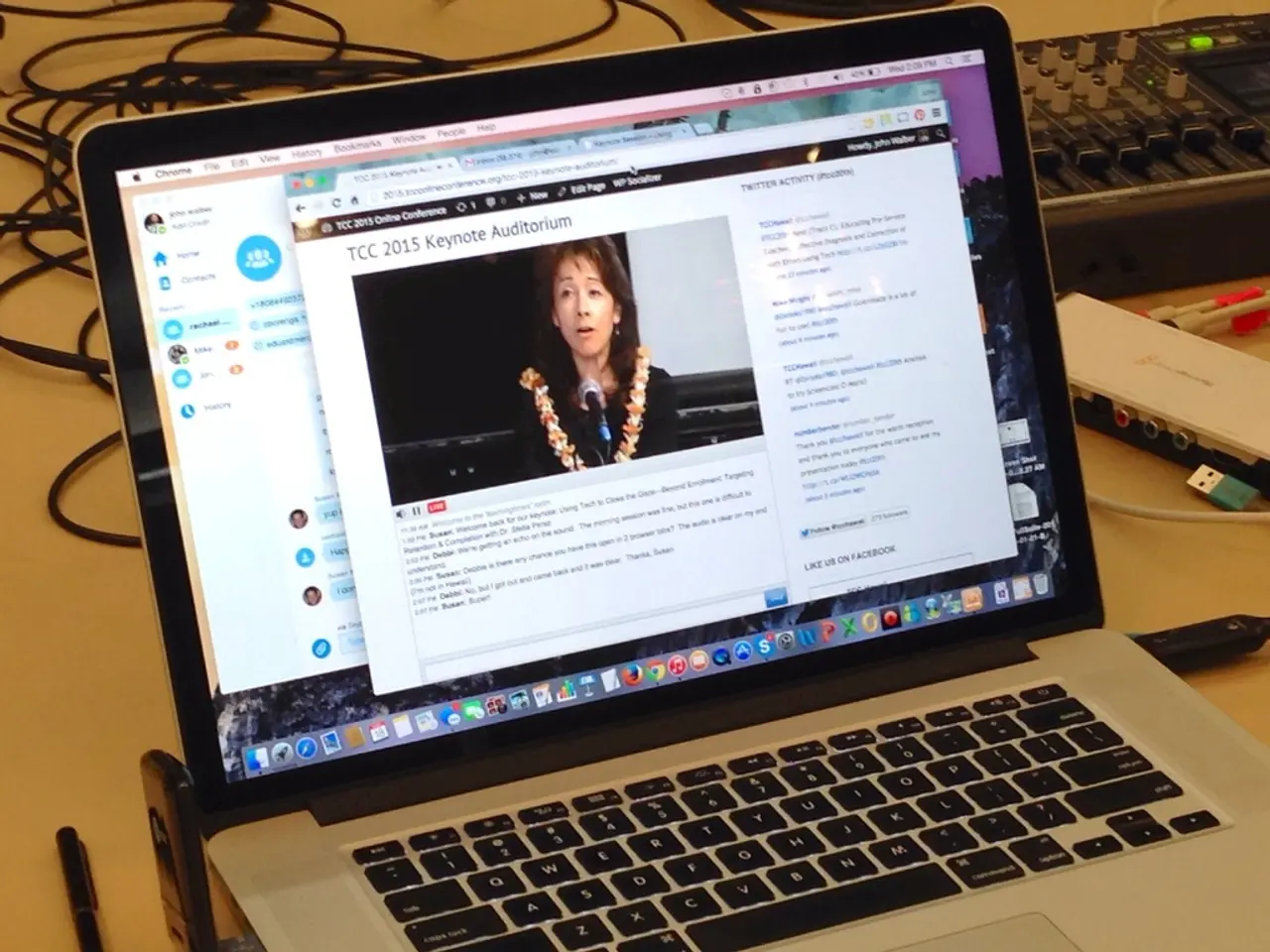Dichotomy between Storyboards and Shot Lists: Why You Require Both for Effective Filmmaking
In the world of filmmaking, two essential tools often used together are shot lists and storyboards. These tools, while different in nature, play a crucial role in ensuring a smoother and more efficient production process.
The Role of a Shot List
A shot list is a detailed inventory of every shot planned for a film, specifying camera angles, movements, and timing in a straightforward, text-based format. It acts as a practical checklist, guiding the technical execution of each shot. It is organised and technical, essential on set for keeping things running smoothly and efficiently.
The Role of a Storyboard
On the other hand, a storyboard is a visual sequence of drawings or images that represents how each shot will look, including composition, character positions, and scene flow. It transforms the script and shot list into visual panels, illustrating key scenes and enabling the team to pre-visualize the final product. Storyboards also facilitate identifying potential storytelling or technical challenges, refine pacing, and foster creative collaboration by making the director’s vision concrete and shareable.
The Synergy of Shot Lists and Storyboards
Together, these tools save time and costs by reducing experimentation on set, preventing misunderstandings, and aligning everyone from the crew to stakeholders on the film's narrative and visual intentions. This coordination minimizes reshoots and delays, allowing for more organised and effective production workflow.
For action sequences, visual effects, and dialogue-heavy scenes, a storyboard is particularly beneficial as it allows filmmakers to pre-visualize the motion and composition before spending resources on elaborate or costly shoots. In situations where there is minimal camera angle or movement variation, a detailed storyboard may not be necessary, and a clear shot list alone can keep things organised.
The Benefits for Film Editors
Editors love storyboards and shot lists as they help understand how the footage is meant to be assembled and can drastically cut down editing time by providing clear direction.
In summary, both shot lists and storyboards ensure clarity, efficient planning, resource management, and collaboration for a smoother shoot. This synergy is crucial for successful filmmaking as it bridges abstract ideas and practical execution.
[1] Storyboard That [2] StudioBinder [3] ShotDeck [4] Canva [5] Google Docs
- During pre-production, filmmakers often utilize tools like storyboarding to visualize each shot and its composition, transforming the script and shot list into panels that illustrate key scenes and help identify potential challenges.
- In film-production, a combination of shot lists and storyboards can save time, reduce costs, and prevent misunderstandings, ensuring a smoother and more efficient production process for both crew members and stakeholders.
- Technology plays a vital role in modern filmmaking, with software tools like StudioBinder, ShotDeck, Canva, and Google Docs being used to create and manage shot lists and storyboards, fostering creative collaboration and streamlining the film-production lifestyle.




